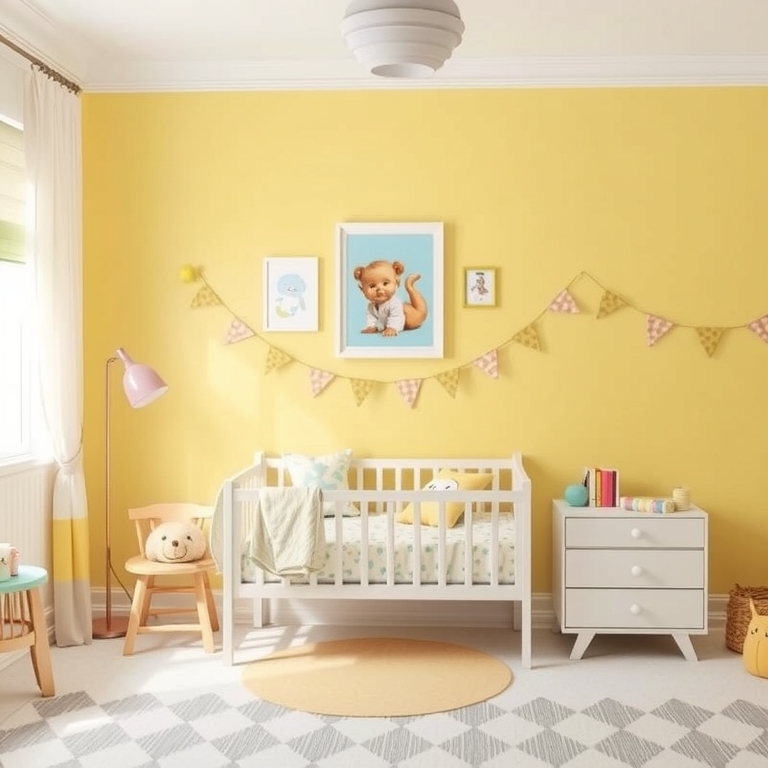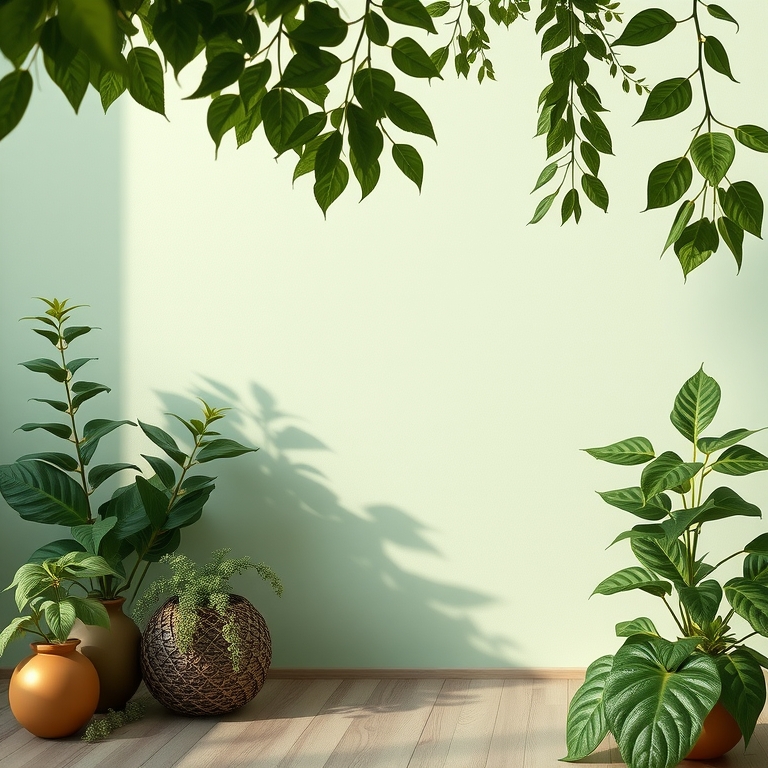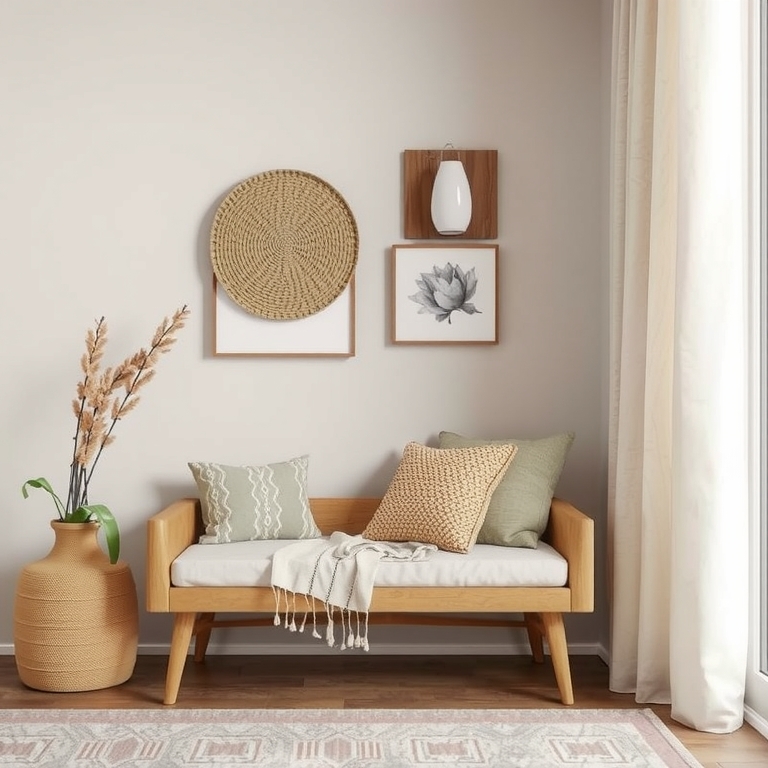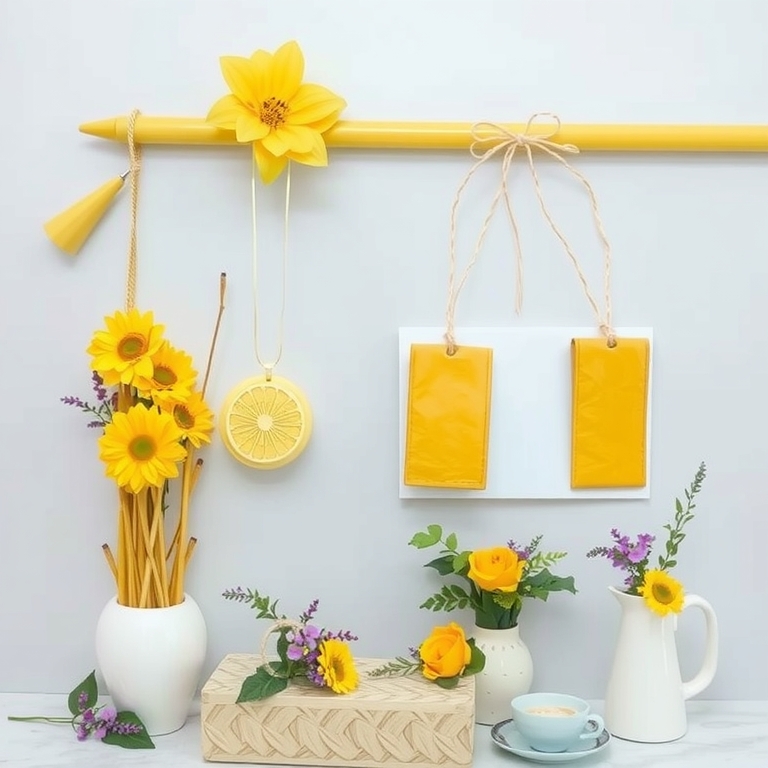Creating a safe and stimulating environment for your little one is a top priority, and that starts with choosing the right paint for their room. Toxic chemicals in conventional paints can be harmful to your child’s developing system. Thankfully, many non-toxic alternatives offer vibrant colors and excellent coverage.
This article explores seven stunning non-toxic paint color options perfect for a toddler’s room, balancing safety with style. We’ll dive into the benefits of each shade and offer practical tips to help you make the best choice for your family. Get ready to transform your toddler’s room into a haven of health and happiness!
-
Soft Greens: Calming and Nature-Inspired

Soft Greens: Calming and Nature-Inspired Soft green hues create a calming and nature-inspired atmosphere perfect for a toddler’s room. Consider pale sage, seafoam, or celadon greens for a gentle, soothing effect. These shades pair well with neutrals like cream or white for a balanced look, and they can easily be brightened with pops of color through accessories.
For a slightly more vibrant feel, opt for a muted olive green or a spring green. These offer a cheerful yet still calming backdrop. Introduce textures through natural materials like a woven rug or wooden toys to complement the organic feel of the green paint.
To avoid a sterile look, incorporate different shades of green within the room. For instance, use a lighter shade on the walls and a deeper tone as an accent wall or on the trim. This creates visual interest without being overwhelming.
Remember to always choose low-VOC or zero-VOC paints to minimize potential health risks for your child. Look for certifications like Green Seal or Greenguard Gold to ensure the paint meets high environmental standards. A little research beforehand will guarantee a healthy and stylish space for your toddler.
-
Pastel Blues: Dreamy and Serene

Pastel Blues: Dreamy and Serene Pastel blues create a calming and dreamy atmosphere perfect for a toddler’s room. Consider shades like sky blue, powder blue, or periwinkle for a gentle, soothing feel. These colors promote relaxation and can help with sleep, making them ideal for a nursery or toddler’s bedroom. Adding subtle white trim or molding can enhance the airy, spacious feel.
To add visual interest without overwhelming the space, incorporate different textures. A soft, plush rug in a complementary color or a textured wallpaper accent wall can bring depth. You can also incorporate playful patterns subtly, such as a small-scale geometric print on curtains or bedding. Avoid overly busy patterns that could be visually stimulating for a young child.
For a slightly more vibrant look, incorporate a slightly deeper blue as an accent wall. This could be a muted teal or a slightly darker shade of the main pastel blue. You could also use this deeper shade for smaller furniture pieces, like a bookshelf or a nightstand. This creates visual interest while still maintaining the calm and serene overall feel.
Remember to consider the overall lighting in the room. Pastel blues can appear different under various lighting conditions. Natural light will enhance the airy feel, while softer lighting will create a cozy ambiance. Test paint swatches in different areas of the room at different times of day before making your final decision.
-
Warm Neutrals: Versatile and Timeless

Warm Neutrals: Versatile and Timeless Warm neutrals create a calming and inviting atmosphere perfect for a toddler’s room. Consider creamy whites, soft beiges, or light greys as your base color. These shades are incredibly versatile and can easily be complemented with bolder accents later on.
For a slightly warmer feel, incorporate subtle hints of taupe or greige. These colors offer a sophisticated alternative to stark white while maintaining a sense of tranquility. Adding natural wood furniture and textiles will further enhance the warmth and coziness.
To add personality without being overwhelming, use pops of color through playful accessories like rugs, bedding, and artwork. Consider using muted pastels or jewel tones that are gentle on the eyes. These accents can easily be changed as your child’s interests evolve.
Remember to select low-VOC paints to minimize exposure to harmful chemicals. Look for paints specifically labeled as child-safe or eco-friendly. Prioritize proper ventilation during and after painting to ensure a healthy environment for your little one.
-
Butter Yellows: Cheerful and Bright

Butter Yellows: Cheerful and Bright Butter yellow paints create a warm and inviting atmosphere perfect for a toddler’s room. Consider shades like pale buttercup or creamy yellow for a soft, gentle feel. These lighter tones also help to brighten smaller rooms and reflect more natural light, making the space feel larger and airier.
For a slightly more vibrant look, opt for a golden butter yellow. This shade adds a touch of sunshine and energy without being overwhelming. Pair it with white trim and natural wood furniture to balance the warmth. Adding pops of color with accessories allows for easy customization and updates as your child grows.
To make the butter yellow less intense, consider mixing it with a hint of white or cream. This creates a softer, more muted tone that’s still cheerful but less jarring. A subtle off-white or beige can also provide a calming counterpoint to the yellow.
Remember to always use low-VOC or zero-VOC paints to ensure a healthy environment for your toddler. Consider using a matte or eggshell finish to minimize glare and reflections, creating a peaceful space for sleep and play. Test the paint color on a larger area of the wall before committing to the entire room to ensure you love the final result.
-
Gentle Pinks: Sweet and Soothing

Gentle Pinks: Sweet and Soothing For a toddler’s room, soft pink hues create a calming and inviting atmosphere. Consider shades like blush pink, rose quartz, or dusty rose for a gentle, non-toxic paint color. These colors are versatile and pair well with various furniture and decor styles, offering a soothing space for both play and sleep.
To add depth and visual interest, incorporate a slightly darker accent wall in a coordinating pink tone or a complementary neutral like a soft gray or creamy white. This technique avoids monotony while maintaining the overall serene feeling. Remember to use a low-VOC or zero-VOC paint for a healthier environment for your child.
For a playful twist, add pops of brighter colors through accessories like bedding, rugs, or artwork. This prevents the room from feeling too subdued. Think about incorporating playful patterns and textures through textiles to add personality without overwhelming the calming base.
Alternatively, explore variations of pink like coral or salmon for a slightly warmer feel. These options still offer a soft and inviting palette while adding a touch more vibrancy. Remember to always test paint swatches in your child’s room under different lighting conditions to ensure you’re happy with the final color choice.
-
Lavender Purples: Relaxing and Creative

Lavender Purples: Relaxing and Creative Lavender and its many shades offer a calming atmosphere perfect for a toddler’s room, promoting relaxation and sleep. Consider lighter shades like lilac or periwinkle for a brighter, more playful feel. These softer purples also pair well with white or cream furniture and accents.
For a slightly bolder look, opt for a deeper lavender, but avoid anything too dark or intense. Consider adding pops of brighter color with playful accessories, such as pillows, rugs, or artwork. This prevents the room from feeling overwhelming while still incorporating personality.
A lavender-themed room can easily incorporate educational elements. Use lavender-colored storage containers for toys and books, fostering organization and learning. Hang up alphabet posters or number charts in a coordinating shade to integrate learning into the decor.
To achieve a unique twist, consider incorporating subtle patterns or textures. A soft lavender with a subtle floral pattern or a textured lavender wallpaper can add visual interest without being overpowering. Remember, a calm and organized space aids in a child’s development and well-being.
-
Soft Oranges: Playful and Energetic

Soft Oranges: Playful and Energetic Soft orange hues create a warm and inviting atmosphere in a toddler’s room, promoting a sense of comfort and security. Consider shades like apricot, coral, or a muted terracotta for a less intense but still cheerful feel. These colors are gentle on the eyes and help create a calming space for both playtime and rest. Pair with natural wood furniture and soft textiles for a cohesive and relaxing environment.
To add a playful touch, incorporate orange accents through playful patterns or textures. Think stripes, polka dots, or even a fun animal print in varying shades of orange. This prevents the room from feeling monotone while keeping the overall palette soft and non-irritating. A textured rug or patterned wallpaper can easily introduce these playful elements.
For a more sophisticated look, consider pairing soft orange with neutral tones like cream, beige, or gray. These calming neutrals balance the warmth of the orange, preventing the room from feeling overwhelming. Adding pops of white through trim or furniture can help brighten the space and create visual interest. A simple color scheme makes it easy to switch up accessories as your child grows.
Remember that lighting plays a crucial role in the overall ambiance. Soft, warm lighting will complement the orange tones, creating a cozy and inviting space. Layer lighting with a combination of overhead lighting, table lamps, and even a nightlight for a versatile and functional space. Natural light is also an advantage if possible.
Editor’s Recommendations
- Always test a small patch of paint before applying it to the entire wall.
- Proper ventilation is key when painting – open windows and use fans to circulate the air.
- Consider using a primer designed for non-toxic paints for optimal coverage and adhesion.
Conclusion
Choosing non-toxic paint for your child’s room is a significant step towards creating a healthy and happy environment. Remember that the right color can significantly impact your child’s mood and well-being.
By considering these seven non-toxic paint color ideas and our practical tips, you can transform your toddler’s room into a beautiful, safe, and stimulating space. Always prioritize safety and choose paints specifically designed for children’s rooms.








